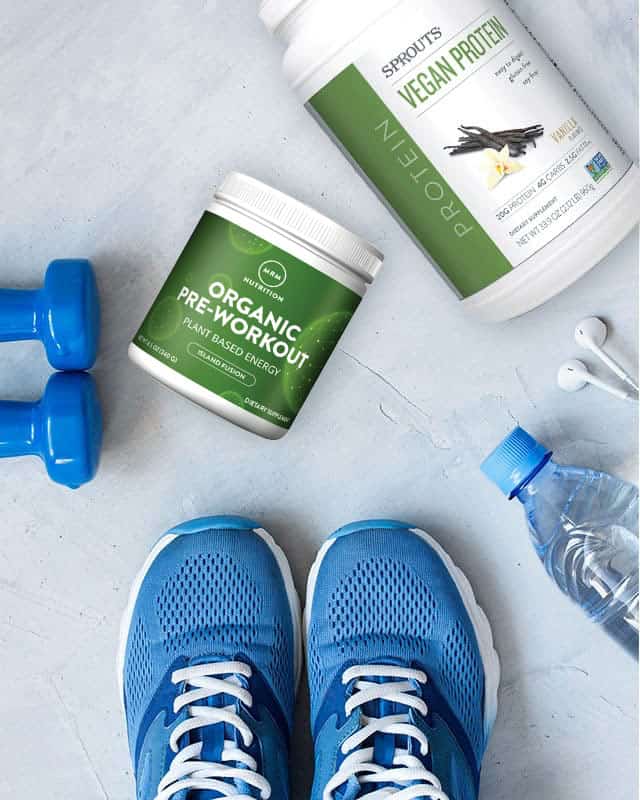
Cotton Candy Grapes


 Keto Fat Bomb Recipe with Cinnamon & Almond Butter
Keto Fat Bomb Recipe with Cinnamon & Almond Butter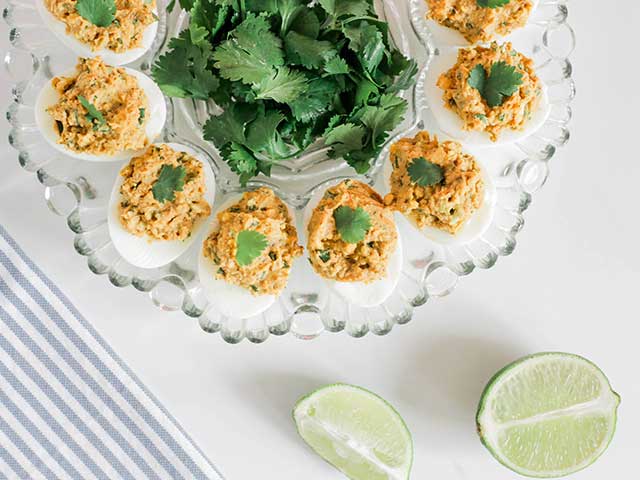 Avocado Deviled Eggs Recipe (the Ultimate Keto Snack)
Avocado Deviled Eggs Recipe (the Ultimate Keto Snack) Keto Coffee Recipe
Keto Coffee Recipe
 Your brain requires essential vitamins, minerals, omegas and antioxidants to help you stay focused and energized! Explore the health benefits of nootropics, adaptogens, omegas and vitamin E.
Your brain requires essential vitamins, minerals, omegas and antioxidants to help you stay focused and energized! Explore the health benefits of nootropics, adaptogens, omegas and vitamin E.

At Sprouts, we know pet nutrition is just as important to you as your own—which is why we carry the leading brands in natural and organic pet foods and treats including Blue Buffalo, I and Love and You, and Castor Pollux. From grain free, to high protein, your furry friends can enjoy a delicious meal with all the right nutrients without unnecessary fillers. Just as the Paleo diet suggests, eating whole foods like our early ancestors did, has health benefits. The same is true for our pets. While not all pets struggle with conventional foods, they do have very little natural digestive support to break down and metabolize complex carbohydrates. These may remain undigested and may damage the lining of the digestive system over a long period of time.
Containing all-natural ingredients like chicken, fish and eggs, organic pet food does not contain any animal by-products, gluten or fillers. With chemical-free additives, an organic pet food diet may reduce the risk of ailments and allergies. You may also see an overall increase in the quality of your pet’s life. With cleaner sources of nutrients and protein, your pet will spend less time digesting the foods and more time benefiting from the powerful nutrients they are receiving.
Whether you want to reward good behavior or just show your cat and dog some extra love, healthy treats are the way to go. Grain-free, organic or made from healthy options, you’ll feel good about giving them purr-inducing, tail-wagging nutritious treats.
If you’re looking to take the extra step with your pet’s health, we offer a diverse assortment of supplements for dogs and cats too. You’ll find probiotics, flax oil, multivitamins and supplements to support hip and joint health, regularity, stress, and a healthy skin and coat as well.

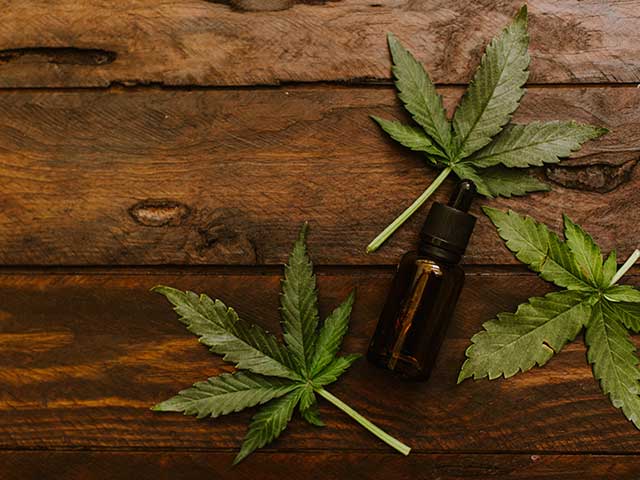
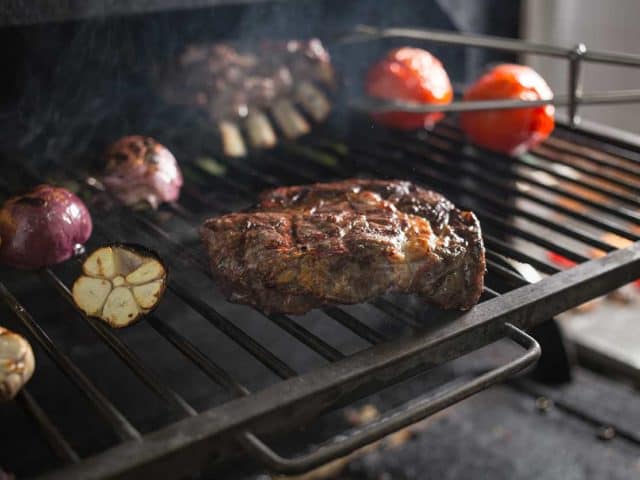 Whether it’s the ultimate burger or the perfect steak, these tips from our experts in the Butcher Shop, will help ensure you wow friends and family, every time.
Whether it’s the ultimate burger or the perfect steak, these tips from our experts in the Butcher Shop, will help ensure you wow friends and family, every time.
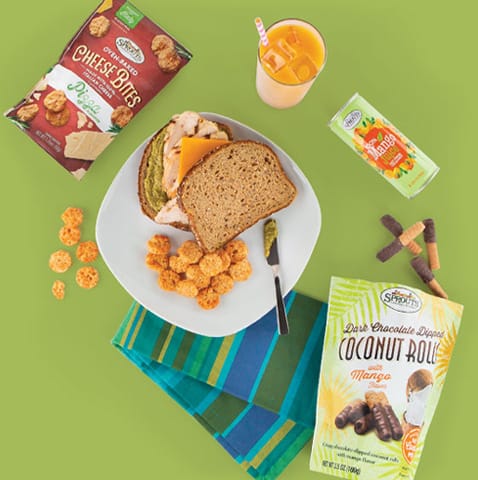 We seek out specially imported and better-for-you items to create unique taste experiences. Learn more about our authentically sourced products.
We seek out specially imported and better-for-you items to create unique taste experiences. Learn more about our authentically sourced products.
